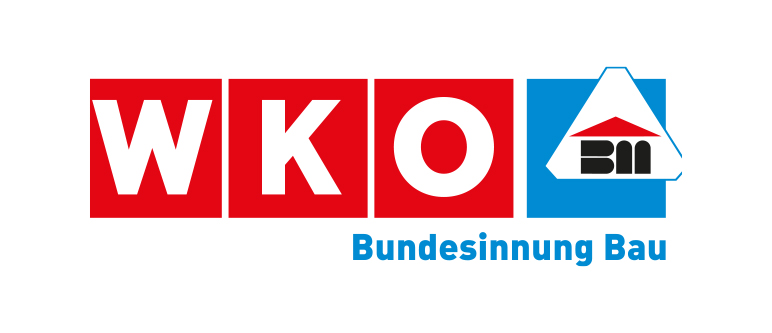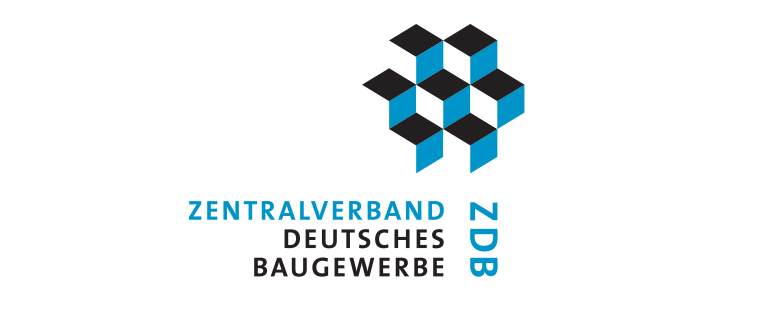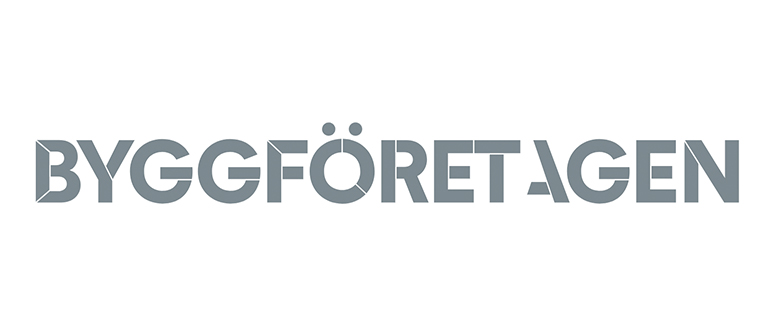Overall construction activity
Construction is a branch of the Czech economy that has been affected by the economic crisis in previous years for the longest time, until 2013. A short-term recovery took place in 2014 and 2015, when the first EU budget period ended and when buildings financed from these funds were completed. Only 2017 saw a return to the trend of gradual growth, which accelerated in 2018 and continued in 2019.
In 2020, despite favourable forecasts, construction output fell. Initially, the production was not significantly affected by coronavirus epidemics, but later labour shortages, stagnant demand and administrative unpreparedness of buildings began to manifest themselves. An extraordinary rise in the prices of building materials added to the above-mentioned problems in 2021, nevertheless production increased year on year. The stock of construction orders and permitted constructions is still at a good level, so at least modest growth can be expected.
Long-term prediction is, however, very uncertain, as there exist a big number of risks that may affect negatively the further development.
This may be the impact of economic fluctuations and its manifestation in the reduction of public finances and thus the need to reduce the state budget spending on investments. Another important factor is the unsatisfactory quality of construction legislation, which is currently undergoing a demanding process of recodification. This has a negative impact on the investment preparation of buildings, both in the private and especially in the public sector - here first of all in the transport infrastructure. One of the most risky factors is the lack of labour capacity stemming from the decline of workers and their minimal recovery.
Housebuilding
The development of housing construction - in the number of completed and started dwellings- is, to a large extent, very similar to the development of the construction industry as a whole. The gradual increase since 2013 is much slower than the fall since the year 2007.
In 2019 the number of completed dwellings reached 36 000 but in 2020, growth stopped due to the coronavirus epidemics. The year 2021 marked a boom especially in the area of new construction, but completion was roughly at the level of the previous year, which is not a good result due to the low base.
Due to the age of the buildings, the demographic and social composition of the population, and increasing demands for quality of housing, the average annual demand of new flats was calculated at 37 000. This was achieved only in the years 2007 - 2010. The trend of faster growth in the number of dwellings in multi-dwelling buildings is slowly growing, even though the number of completed flats for family housing per year is predominant.
According to the information from 2020 and 2021 the family houses have mostly one apartment of size 4 + 1 and a floor area of 91m2. The residential buildings have the average number of apartments in the amount of 28, size 2 + 1 and the floor area is approx. 51m2.
Reconstruction, modernization, repairs and maintenance of dwellings also form a significant share of production in this segment of construction output. The number of new dwellings in non-residential buildings has shown a growing trend in recent years.
Ongoing attention is being paid to increasing the energy efficiency of apartments. For newly completed dwellings, the proportion of those that meet category “A” (extremely economical) and category “B” (very economical) is increasing. Also, the additional insulation of older buildings, especially from the period of panel construction, is continuing very intensively. Increasing attention is paid to the construction of passive houses.
In the Czech Republic, 56% of private flats are in their own house, but a large proportion are also privately owned flats in apartment buildings.
GDP 2021
BILLION
POPULATION 2021
Total investment in construction in 2021
BILLION
Non-residential construction
Until 2017, construction of non-residential buildings stagnated, with even declining trends in some categories. This trend was reversed in 2018, when the number of completed buildings grew by 50% and this segment. Investment also grew. This growth was driven in particular by the construction of administrative buildings, big shopping malls and buildings for civic amenities - primarily schools, university campuses, healthcare buildings, sports and cultural objects, and also includes their repairs, maintenance and energy efficiency improvements. This trend is also observed outside of large urban centres.
The recovery of the economy had an impact on the reconstruction and extension of industrial buildings and storage facilities as well as new areas including a complete infrastructural network. A great deal of attention is also being paid to the completion of buildings and facilities that ensure compliance with increased environmental protection requirements.
Civil engineering
In the years 2016 – 2017, civil engineering recorded a significant decrease in the volume of performed works. The reason is that the public sector - i.e. the main contracting and ordering authority in civil engineering – decreased its orders very significantly from the habitual 45-50% of all orders to only 32% in 2017. The situation improved in 2018 and positive developments continued in the following years. However, problems still persist due to the negative effects of the coronavirus epidemic and are most noticeable in transport infrastructure, in particular in motorway infrastructure. This is due to both in the buying up of land and the obstructions from the civic initiatives. Both are the result of imperfect legislation. The Building Act is still at the approval stage and its adoption should bring a significant improvement. The situation is better in the construction and modernization of the railway infrastructure, where the works are carried out on the investor´s own land.
| Per cent variation of investment in real terms on previous year | |||||||
| investment Mln. € fixed prices | |||||||
| Sectors | 2021a | 2018 | 2019 | 2020 | 2021a | 2022a | |
| 1. | Building | 10,858 | 10.3 | 2.6 | -11.9 | 4.8 | 1.0 |
| 1.1. Housebuilding | 4,057 | 10.7 | 21.2 | -10.0 | 4.8 | 1.0 | |
| 1.1.1. New | 2,018 | -10.1 | 14.8 | -16.6 | 4.8 | 1.0 | |
| 1.1.2. Renovation | 2,040 | 98.2 | 29.4 | -2.4 | 4.8 | 1.0 | |
| 1.2. Non residential (c) | 6,801 | 8.6 | -5.8 | -13.0 | 4.8 | 1.0 | |
| 1.2.1. Private | 4,576 | 26.0 | -9.7 | -17.8 | 4.8 | 1.0 | |
| 1.2.2. Public | 2,225 | -19.4 | 5.4 | -1.2 | 4.8 | 1.0 | |
| 2. | Civil Engineering | 7,575 | 1.7 | 4.4 | 0.1 | 4.8 | 1.0 |
| (1 + 2) | Total Construction | 18,433 | 6.9 | 3.2 | -7.3 | 4.8 | 1.0 |
| a: estimate - b: forecast - c: incl. R&M | |||||||
| Number of building permits in residential construction | |||||||
| 2018 | 2019 | 2020 | 2021a | 2022b | |||
| single dwelling | 19.186 | 19.947 | 19.446 | 21.271 | 19.500 | ||
| collective dwelling | 7.280 | 12.491 | 9.426 | 17.350 | 16.000 | ||
| other types of dwelling | 6.655 | 6.239 | 6.382 | 6.623 | 4.500 | ||
| Total | 33.121 | 38.677 | 35.254 | 45.244 | 40.000 | ||
| (Collective dwellings and other types of buildings: in number of flats) | |||||||


































